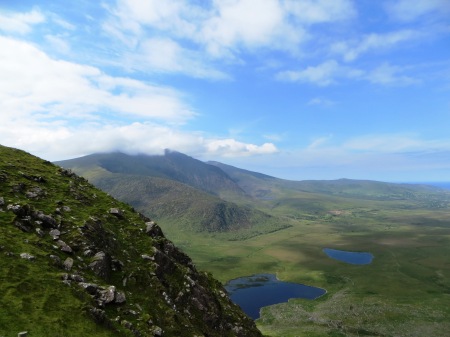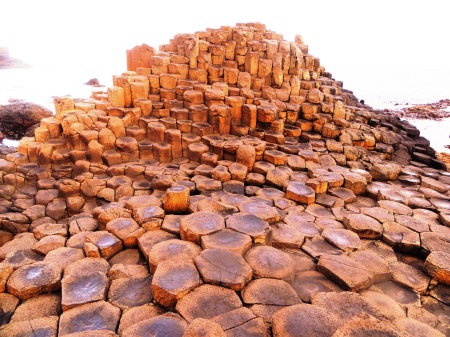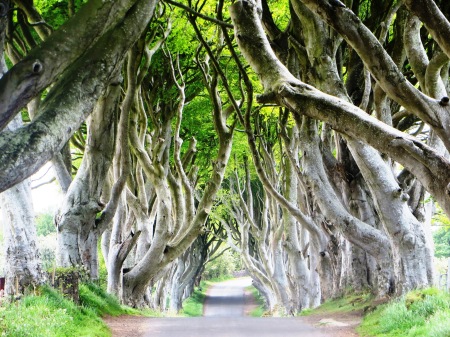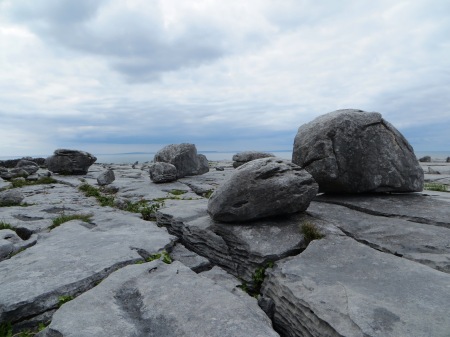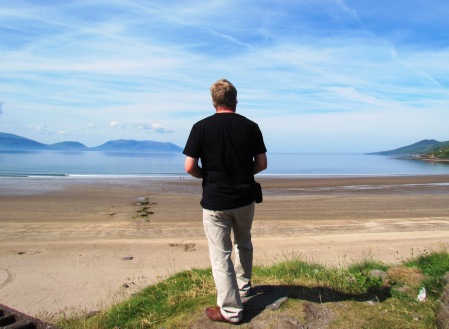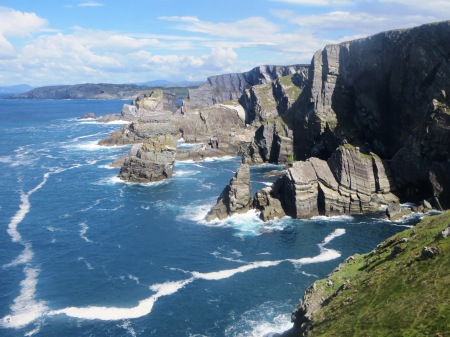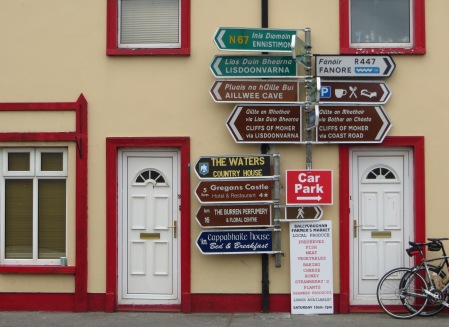
“I go off into Dublin and two days later I’m spotted walking by the Liffey with a whole bunch of new friends.” – Ronnie Wood (Rolling Stones)
After a fine full Irish breakfast at the Montenotte hotel we checked out and prepared for a morning in the city of Cork. I struggled a bit again with the electric handbrake but thankfully managed not to crash into the hotel reception and after a few moments driving through the city streets I eventually got the hang of it. We parked the car and set off on foot into the city centre.
(Update note. In 2019 I bought a new car with an electronic handbrake and after a day or two mastered it completely. I wouldn’t be without it now).
The first city that I visited in Ireland was Galway in the Province of Connaught and I liked it there, I liked it a great deal and I now tend to make comparisons with it and my first impression of Cork was slightly disappointing. Cork was destroyed in the Irish Civil War of the early 1920s when it was the stronghold of the anti-treaty side and I suppose that accounts for the modern development and lack of heritage and I have to say that it didn’t especially thrill me.

We walked around the centre, visited the indoor English Market and then crossed the River Lee and made our way to Saint Fin Barre’s Cathedral, a Protestant church where a service was due to begin imminently which meant that we were unable to go inside. There was an admission charge as well which always puts me visiting a church.
Kim and Pauline went shopping while Richard and I found a pub for a Guinness and after we all met up again we turned our back’s on Cork, returned to the car and set off to our next destination – Blarney Castle, a few miles out of the city.

The main reason people visit Blarney Castle is to kiss the stone of eloquence – the famous Blarney, because it is said that whoever plants his lips on this saliva sticky stone will never be short of words ever again. Politicians for example make a visit here a priority before they begin their careers and it turns them immediately into gobshites who cannot shut up or say anything sensible ever again!
We paid the (senior) admission fee and made our way through the extensive grounds where Blarney Castle presents a fairy-tale picture, tall towers are set within wonderful gardens containing such romantically named corners as the Druids Altar, the Witches Kitchen, the Wishing Stairs, The Rock Close and the Poison Garden.
The Blarney Stone is situated at the very top turret of the castle and to kiss it you have climb a steep staircase and wait patiently in turn. There was a rather long queue and Richard decided very early on that he was not prepared to stand in line and would prefer to visit the gardens instead.
Kim, Pauline and I carried on and shuffled forward for the next few minutes until we reached the doorway and to our horror saw the endless queue snaking all the way to the top which was going to take almost two hours to get here and then we made a decision – and I am going to tell you a big secret here and I absolutely don’t want you to tell Richard.
We didn’t go to the top and kiss the Blarney Stone either but we all told him that we did and that he had missed a unique and wonderful opportunity.
We were pleased with our decision and you should be too, because if I had kissed that slobber stained stone then this post would be twice as long!
Instead we walked around the gardens and admired the views and were eventually reunited with Richard and we told him about the once in a lifetime experience of kissing the stone.
Blah, Blah, Blah, Blah, Blah! – Blah, Blah, Blah, Blah, Blah!

We would all probably of liked to stay longer at Blarney Castle but by late afternoon we were running out of time and ahead of us we had a two hour journey through West Cork and to our next destination, the village of Schull where would be staying for the next two nights.
The Rock Hill House Hotel it has to be said was a curious place, about a mile out of the village and set on a windswept headland in a wild garden with dancing daisies underneath a pastel blue sky hosting a flotilla of billowing clouds racing by in the stiff breeze. Inside was eclectic and curious but the rooms were comfortable and well provided and had good views over the garden and the sea and we declared ourselves satisfied when we set out for the village and an evening meal.
After dinner we walked along the streets of the village as far as the harbour and then went in search of a pub for a final Guinness. Two years ago we found a pub called Eugene’s in a place called Ennistymon which we have all been happy to declare our favourite pub in Ireland and tonight we came across Hackett’s which we were equally happy to put straight into second place.
It seems to me that the Irish people are the friendliest in Europe, possibly even the World, everyone in here had kissed the Blarney Stone for sure and after a few minutes we were included in conversations and felt part of the community and by strange coincidence we found ourselves chatting to a man called Eugene who shares his time between his home here in Schull and his second in Scunthorpe in Lincolnshire just a few miles from where we live.
After an excellent evening and that final Guinness we made the short way back to Rock Hill House. It was the longest day of the year and a clear night so although the sun had not long disappeared already the sky was beginning to brighten again in the east.
Do you have any suggestions for who may have kissed the Blarney Stone?











